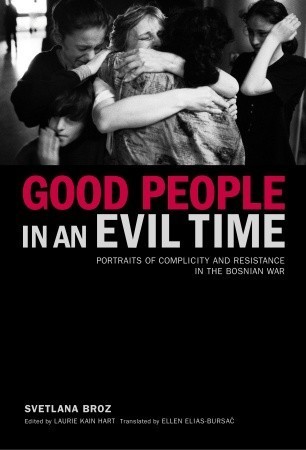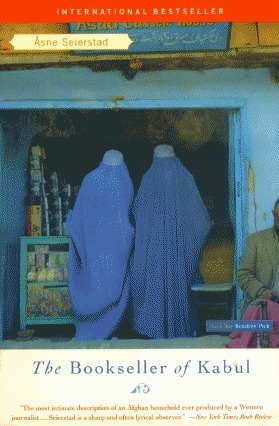
With Their Backs to the World: Portraits from Serbia
Book Description
Amid the haunting echoes of war-torn Serbia, lives intertwine in a stark landscape where resilience battles despair. Through vivid portraits, Åsne Seierstad captures the raw courage of individuals confronting their shattered realities, revealing their dreams, fears, and the unyielding spirits that keep them moving forward. Each story is a lifeline tossed into turbulent waters, painting a poignant picture of survival, hope, and the struggle for identity in the face of adversity. As these voices rise from the ashes of conflict, one question lingers: what does it truly mean to reclaim a life amidst the chaos?
Quick Book Summary
"With Their Backs to the World: Portraits from Serbia" by Åsne Seierstad offers an intimate and deeply human portrait of Serbia in the aftermath of the Balkan wars. Through a series of journalistic encounters, Seierstad weaves together the voices and experiences of everyday Serbians navigating a society marked by loss, guilt, hope, and resilience. The book spans pivotal moments from the late 1990s up to the early 2000s, chronicling the shifting political landscape from the rule of Slobodan Milošević to the nation’s struggle for recovery and reinvention. These stories capture the disillusionment and perseverance of individuals who continue to seek meaning and belonging amidst post-war devastation, sanctions, and the search for national identity. Seierstad’s empathetic reportage brings these complex realities into sharp focus, prompting readers to consider the enduring human spirit in times of crisis.
Summary of Key Ideas
Table of Contents
Resilience and Survival Amidst War
Seierstad’s account opens with Serbia emerging from the shadow of war, a nation traumatized by years of conflict, international isolation, and economic hardship. Through the stories of individuals from varying backgrounds—including teachers, artists, former soldiers, and young people—she paints a nuanced picture of a society striving to endure. Their day-to-day lives illustrate the psychological and material costs of living with uncertainty and loss, set against the backdrop of bombed buildings and devastated communities. Yet, these narratives also reveal flashes of resilience as people find meaning in work, family, and small acts of defiance.
Struggles with National and Personal Identity
The book delves deeply into the complexities of identity in post-war Serbia. Many grapple with competing feelings of national pride and shame, especially as they confront the legacies and narratives of the Milošević era. Seierstad uncovers how propaganda, international condemnation, and internal division shape self-perception and community relations. Her subjects express confusion, frustration, and a longing for acknowledgement, both from the world and from within their fractured country. Through their stories, readers see the ambiguous space between collective guilt and personal innocence, and how historical memory is constantly renegotiated.
Lives Shaped by Political Upheaval
Seierstad’s reporting spans a period of dramatic political upheaval, including the popular uprising that led to Milošević’s ousting. She captures the energy of protests and the cautious optimism that temporarily surges through the population. The book reveals how politics infiltrate the most private aspects of life, prompting difficult decisions about allegiance, activism, and apathy. Individuals recount their varied responses—from active participation in resistance movements to withdrawal or passive endurance—as Serbia navigates an uncertain post-dictatorship era.
Legacy of Conflict and Hope for Reconciliation
In chronicling the legacy of conflict, Seierstad exposes the deep scars left on Serbian society, but also the persistent hope that guides its people. She illuminates efforts at reconciliation, both within communities and with neighboring regions, conveying the importance and difficulty of forgiveness in a landscape marked by trauma. The book closes with a meditative reflection on the future: the younger generation’s aspirations for a normal life, the slow rebuilding of trust, and the ongoing struggle to define what it means to belong to a country marked by both suffering and strength.
Download This Summary
Get a free PDF of this summary instantly — no email required.





